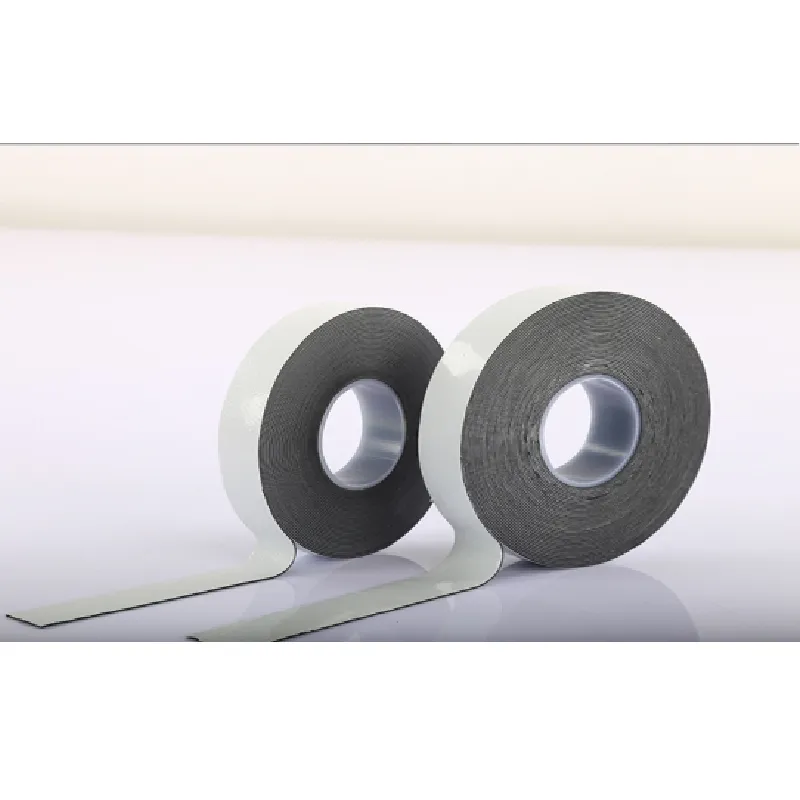The Importance of Hazard Floor Tape in Workplace Safety
In a world where workplace safety is paramount, the utilization of hazard floor tape has emerged as a crucial element in maintaining safe environments across various industries. Colorful and highly visible, hazard floor tape serves as a visual warning system, helping to communicate potential dangers and guide individuals through potentially hazardous areas. This article explores the importance of hazard floor tape, its applications, types, and best practices for implementation.
First and foremost, hazard floor tape is essential for preventing accidents and injuries in workplaces. It is often used to delineate pathways, mark hazardous zones, and indicate areas where caution is required, such as near machinery or wet floors. By clearly marking these areas, workers can navigate their environments with greater awareness, reducing the likelihood of slips, trips, and falls—common causes of workplace injuries.
One of the primary applications of hazard floor tape is in manufacturing facilities, warehouses, and construction sites
. These environments often contain heavy equipment and moving machinery, making it imperative to establish awareness of safe zones. By applying hazard tape, companies can designate specific areas for walking or storage, ensuring that workers know where they can safely move about without risk. Additionally, during emergencies, such as evacuations, hazard tape can mark exit routes and safe passageways, facilitating a swift and organized response.The types of hazard floor tape available vary in color and design, each serving different purposes. Common colors include yellow for caution, red for danger, and orange for warnings. Some tapes feature patterns, such as stripes or chevrons, to further emphasize areas requiring attention. Businesses can choose tape that matches their specific needs, whether for indoor use in office settings or outdoor applications in rugged environments.
hazard floor tape

When implementing hazard floor tape, several best practices should be followed to ensure maximum effectiveness. First, it is essential to ensure that the tape is of high quality, durable, and can withstand heavy foot traffic as well as environmental factors like moisture and temperature changes. Vinyl tapes are popular choices due to their strong adhesive properties and resilience.
Secondly, consistent application is key. When marking areas, the tape should be installed in straight lines, with clean edges to create a professional and easily recognizable boundary. It is important to periodically inspect the tape for wear and tear, replacing any damaged sections to maintain clarity and visibility.
Moreover, training employees on the significance of hazard floor tape is crucial. Workers should be educated on the meanings of various colors and patterns, as well as the importance of compliance with marked zones. Regular safety meetings can reinforce these concepts, reminding employees that their awareness and adherence to safety markings contribute significantly to overall workplace safety.
In conclusion, hazard floor tape is a vital component of workplace safety management. Its ability to visually communicate hazards, delineate safe paths, and guide emergency responses makes it an indispensable tool in various industries. By employing high-quality tapes, ensuring consistent application, and educating employees, businesses can significantly reduce the risk of accidents and create a safer working environment for everyone. As safety continues to be a priority in workplaces around the globe, the role of hazard floor tape will only grow in importance, serving as a simple yet effective reminder of the necessity for vigilance in our daily operations.
-
XIANGFAN Rubber Tape-Ultimate Solutions for All Your Insulation NeedsNewsJun.24,2025
-
XIANGFAN Rubber Tape-Protection for Industrial and Residential ApplicationsNewsJun.24,2025
-
XIANGFAN Rubber Tape: Superior Safety and Sealing for Demanding EnvironmentsNewsJun.24,2025
-
XIANGFAN Rubber Tape: Reliable Solutions for Every Electrical ChallengeNewsJun.24,2025
-
XIANGFAN Electrical & Industrial Tape: Powering Reliability Across IndustriesNewsJun.24,2025
-
XIANGFAN Electrical & Industrial Tape: Excellence in Every ApplicationNewsJun.24,2025
